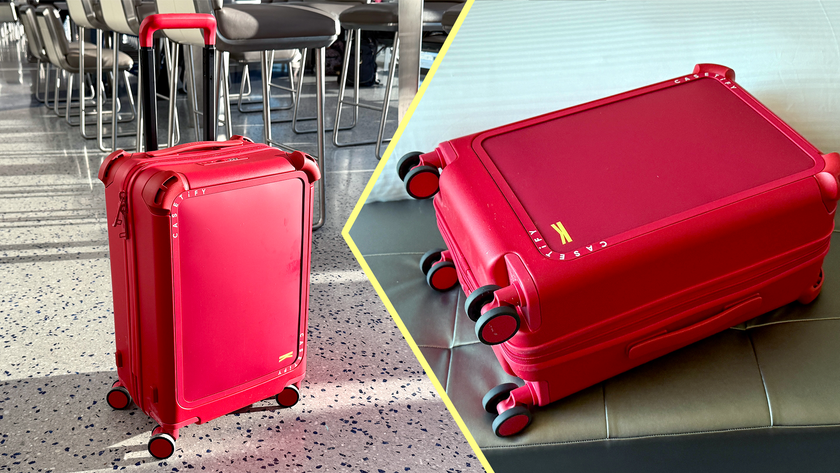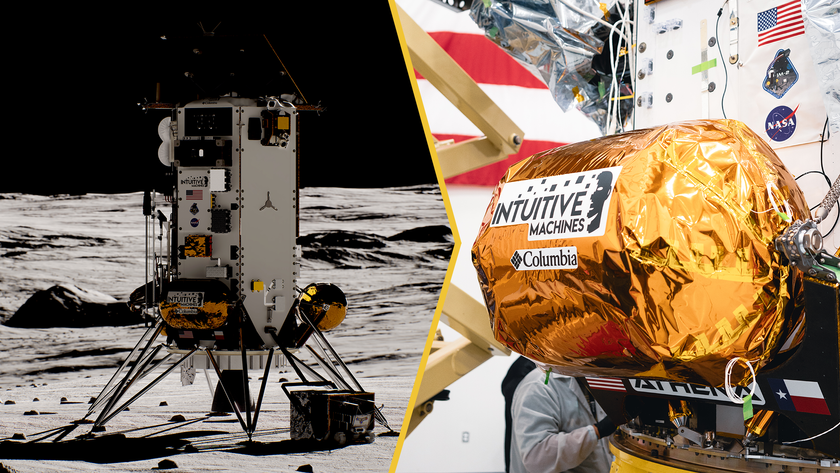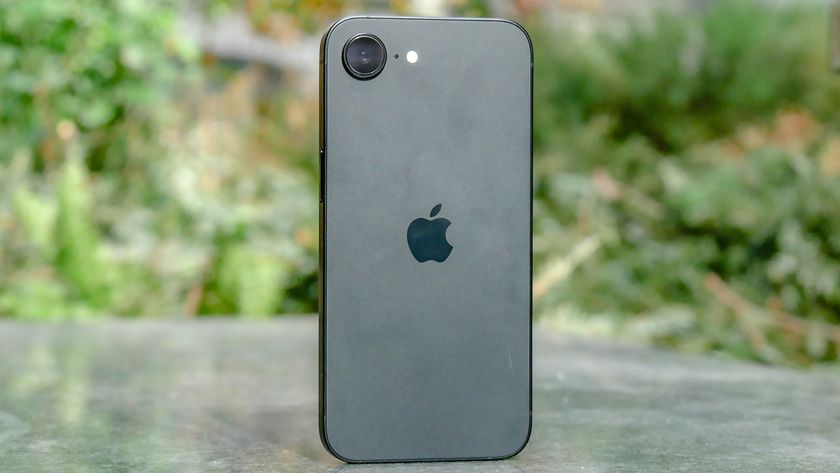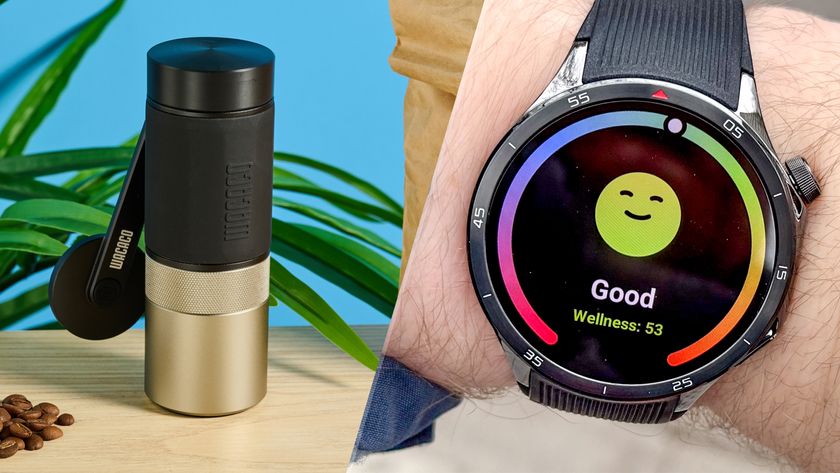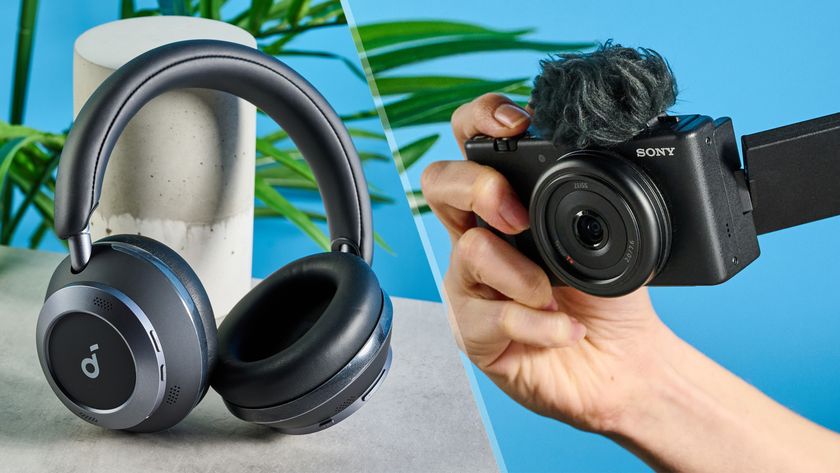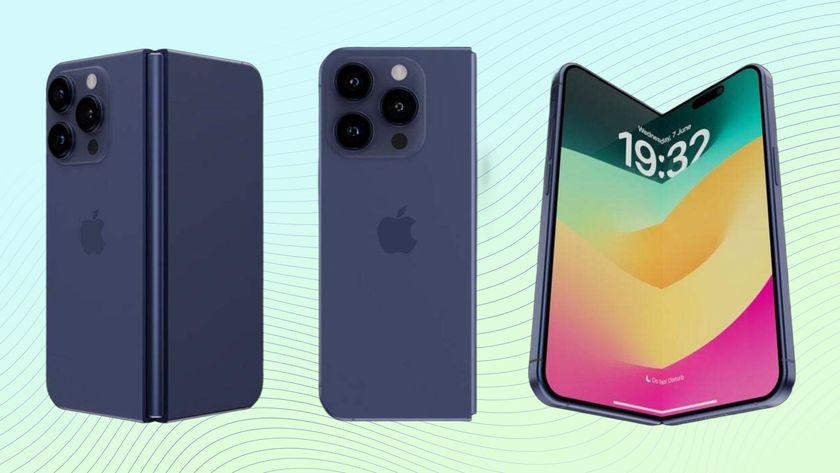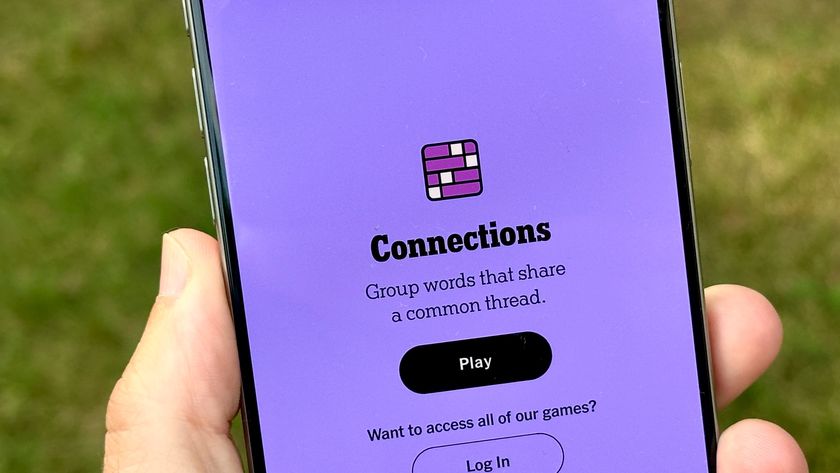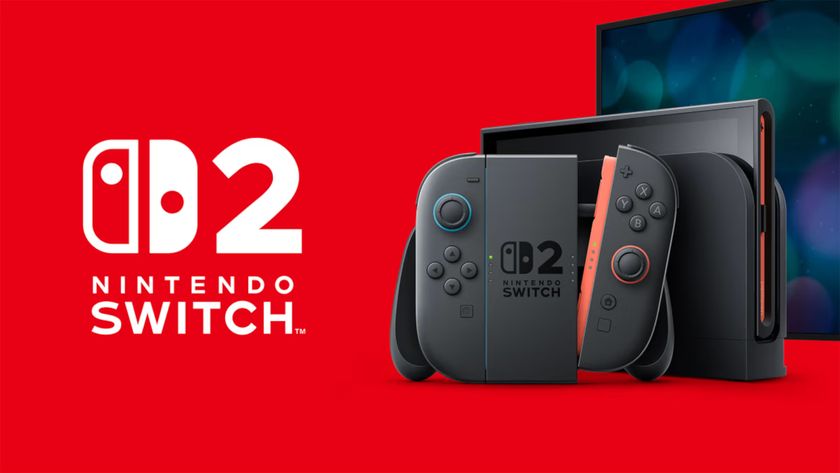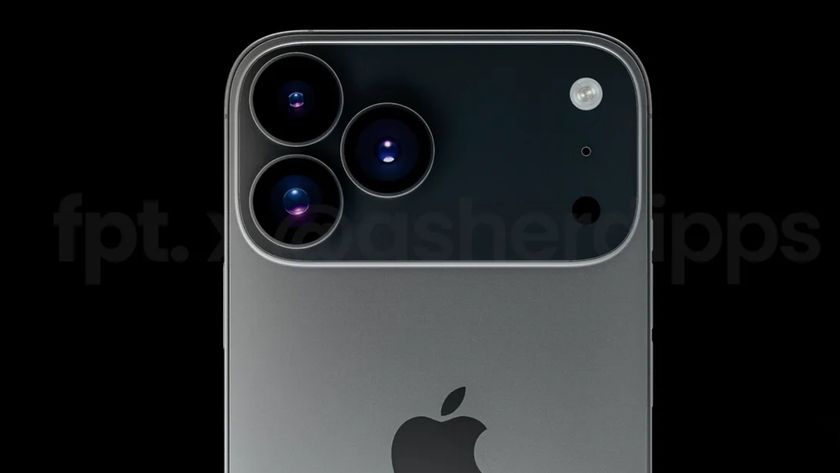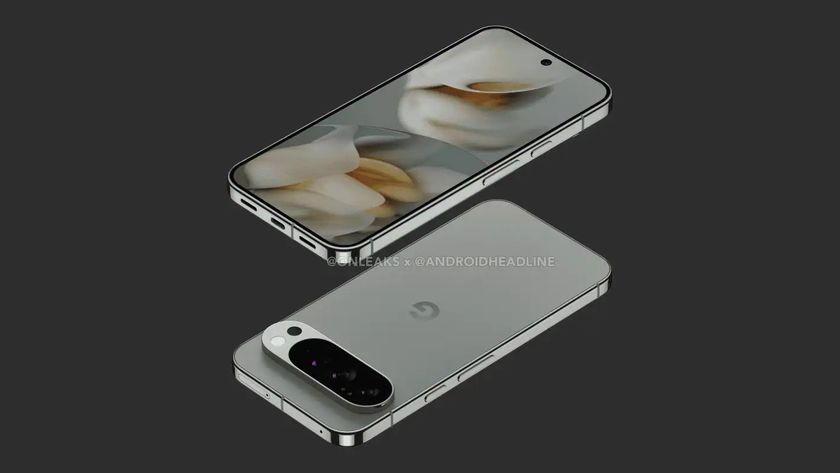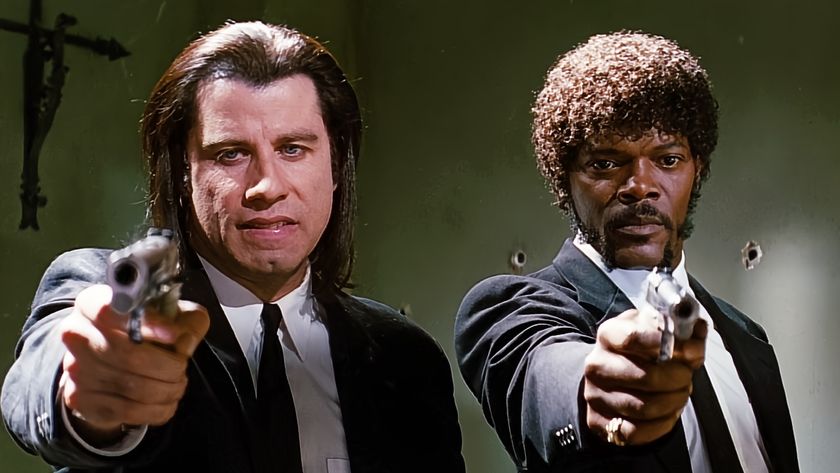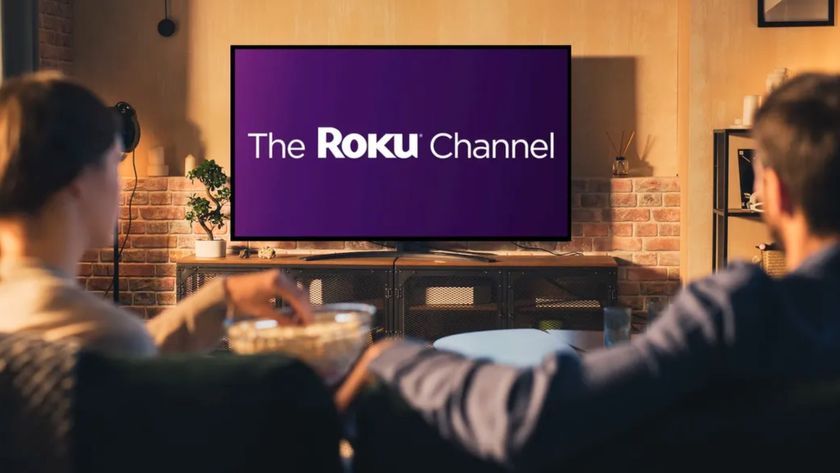Bill Gates Milestones: Part 2 (1980-1990)
Feature - In our second article covering Bill Gates' milestones, we are looking at the Eighties, which were crucial for the struggling Microsoft to score a major product hit and open the cash flow floodgate.
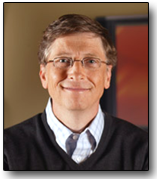
Feature - In our second article covering Bill Gates’ milestones, we are looking at the Eighties, which were crucial for the struggling Microsoft to score a major product hit and open the cash flow floodgate. After toying around with Unix and his own home computer, Gates realized what Microsoft really needs was a new operating system. Although Windows was met with lukewarm reception initially, Gates insisted to push the product until customers would accept it. In the process, Gates outmaneuvered both IBM and Steve Jobs in an OS/2 move famously known as "the head-fake."
Bill Gates Milestones Part 1: Pre-1980
In the 1970s, Gates main preoccupation was to grow the company, micro-manage the business and seek new opportunities. In parallel, he personally checked every piece of code the company created or optimized the code himself. It was a rather romantic period for the company in a time where it was still struggling. The first big success was the IBM deal. While it was not extremely lucrative on a financial basis, Gates made the fortunate decision to retain copyright so that he could offer a re-branded DOS to clone makers. Gates was eager to expand the licensing business but the need for new product was more apparent as months passed by.
Microsoft started to feel the heat from Apple, which released its Macintosh with a graphical user interface. Also, IBM was working on OS/2, a GUI operating system that would protect its new, proprietary PS/2 hardware design. It was the first time Gates and Microsoft were under huge market pressure. At that time, Gates decided to stop wasting his time programming and began focusing on business strategy instead. He forged a friendship with Steve Jobs and agreed to develop OS/2 for IBM. But Microsoft was secretly developing Windows. The industry was shocked with Microsoft’s deceiving tactics when Gates announced that OS/2 partnership with IBM was over. The company then released Windows 3.0, which sold 100,000 copies in the first two weeks.
In the meantime, Gates expanded Microsoft’s business into other areas, such as book publishing, hardware peripherals and office productivity. We know about the effects of this initial expansion today, as Microsoft makes significant, if not crucial, profits. As the decade neared its end, the industry realized that a once small software maker had grown into a big operating system provider. Outmaneuvering IBM and Steve Jobs exposed Microsoft’s cunning thinking, deceiving tactics and aggressive marketing for the first time. But it worked as lots of cash from software sales and operating system licensees started to pour into Microsoft’s bank account, preparing the company for the next decade, which would prove to be the most important period in the firm’s history so far.
The Unix error
Contrary to the popular belief, Microsoft’s first shot at operating systems wasn’t Windows or MS-DOS. In 1980, Gates struck a distribution license deal for AT&T’s Unix variant that Microsoft called Xenix. Gates wanted to port Xenix to numerous platforms so he licensed it to OEM makers. He didn’t want Microsoft to sell Xenix to end-users on its own. The first-ever Word version was released in 1983 for Xenix, dubbed "Multi-Tool Word".
It is generally believed that Xenix briefly was a priority in Gates’ mind since he agreed to a deal with IBM to make DOS operating system for Big Blue’s upcoming PC in fall of 1981. Gates apparently thought that he could keep a low profile with Xenix, leaving OEM vendors to sell it as a "just in case" scenario, if his partnership with IBM failed. After DOS had become standard on IBM PCs and especially when Gates aggressively pushed MS-DOS (re-branded version of DOS found on IBM PCs) to a flood of clone makers, Microsoft got its first big break in the industry.
Sign up to get the BEST of Tom's Guide direct to your inbox.
Get instant access to breaking news, the hottest reviews, great deals and helpful tips.
In the mid-1980s, Gates decided he would not Xenix anymore and dropped Unix business entirely. Some believe this was a colossal mistake as several variants of the Unix operating system and a myriad of open-source Unix applications are the last line of defense against a complete Windows dominance. For example, many companies opt for Linux and Ubuntu since it is believed to run more stable and efficient than Windows and costs significantly less. Unix was also chosen as the basis for Mac OS X operating system that powers Macintoshes and other Apple gadgets, such as iPod touch, iPhone and Apple TV.
MSX flop
A home computer called MSX was Gates’ another "just in case" scenario launched in 1983. It was powered by MSX-DOS, a version of the DOS Microsoft made for the IBM PC. The system was popular in Europe, South America and Japan but it was short-lived due to rapid sales growth of PC clones. The believed reason why Microsoft made its own computer is that Gates had correctly predicted that IBM would soon lose its exclusivity over the PC design and that various other vendors would make similar and compatible machines. Gates knew that all it would take to create a PC clone is for someone to clone IBM’s BIOS, exactly what Columbia Data Products did, followed quickly by Compaq and Eagle Computer. Gates wanted a piece of the action, but he soon found out that MSX was competing with PC clone makers to whom he licensed MS-DOS. Since then, Microsoft has stayed away from making its own PCs.
Decision of a century: Outmaneuver IBM, OS/2 and Apple
Although Microsoft milked MS-DOS for years, Gates knew early on that a graphical user interface was the way to go. He first caught a glimpse of the graphical user interface when Steve Jobs demonstrated a Macintosh prototype with a mouse, icons and drop-down menus. Windows was a perfect example of Gates outmaneuvering IBM and Apple at the same time. On one side, Gates had Steve Jobs who sent Microsoft early Macintosh prototypes prior to the product release in 1984 so that the software maker could write a Macintosh Office suite in time for Macintosh release. On the other side, Gates had to protect his DOS partnership with IBM and MS-DOS business with clone makers.
When Apple released the Macintosh in 1984, customers were stunned by its high-resolution graphical user interface and the functionality of the mouse. Scared that Apple may take over the market, IBM and Microsoft partnered in the development of the OS/2 operating system in August 1985. OS/2 was also planned to be based around a mouse and a GUI, but OS/2 was designed to deliver memory protection and multitasking capabilities - features the Macintosh OS lacked at the time. However, IBM made a far-reaching mistake by tying OS/2 to its proprietary hardware design called PS/2. Big Blue refused to consider licensing OS/2 to clone makers, because they were already eating into the company’s PC business.
Microsoft, on the other hand, made most of its profits by licensing MS-DOS to PC clone vendors. Bill Gates intended to continue licensing Microsoft’s operating system to other vendors but that would not have been possible with OS/2. Thus, Gates decided that Microsoft should develop its own graphical based operating system. It was called Windows and it needed to be developed in secrecy. Gates continued the OS/2 partnership with IBM as if nothing happened. At the same time he was making sure that his friendship with Steve Jobs would last as long as possible so that he could keep an eye on what was coming out of Apple.
Windows failures
To prepare for the Windows release, Microsoft set up its first international production facility in Ireland in 1985. The company released the first version of Windows just three months after it partnered to work on OS/2 with IBM. Released on November 20, 1985 Windows 1.0 was unable to compete with Macintosh OS. It was slow, non-intuitive and unstable as it ran on top of MS-DOS as an extension of yesterday’s software architecture. Gates was disappointed, but not giving up. He relocated the company to Redmond, Washington on February 16, 1986. Microsoft had new, large offices and a production facility in Ireland, but the company still lacked a killer product. Gates decided it was time to raise the game and inject more cash into company that would fund its Windows development and enable it to hire more top programmers for the challenges ahead. On March 13, 1986 Microsoft went public, raising $61 million at $21 per share in an IPO. The stock price rose to $28 that day.
In 1987 Microsoft released the first OS/2 version in collaboration with IBM, but the software maker also delivered Windows 2.0 at the end of that year. Again, nothing happened and the software went largely unnoticed. Windows 2.03 followed in January 1988, prompting Apple to launch a copyright infringement lawsuit against Microsoft. For the first time, Windows delivered overlapping instead of tiled Windows. The lawsuit and many new ones Apple filed over the coming years hurt the relationship between Microsoft and Apple for many years. However, despite those legal problems, Gates remained focused to relaunch Windows until it would convince customers.
The head-fake: Windows takes off, OS/2 crashes
Microsoft used its IPO cash to hire fresh programming talent for the next Windows release. After three years of development, Windows 3.0 was introduced on May 22, 1990. The operating system brought many new features, GUI enhancements, overhauled code and noticeably improved stability due to the use of the protected mode feature in Intel’s 386 processor. The market responded and the software sold 100,000 copies in two weeks. With Windows 3.0, the company hit a crucial milestone: For the first time, Windows generated more revenue than OS/2.
This was a good enough reason for Bill Gates to announce in an internal memo to Microsoft employees on May 16, 1991that the OS/2 partnership with IBM was over. The industry was taken by surprise by this move, later dubbed "the head-fake" by OS/2 developers. But Bill Gates did not need IBM anymore, because he now had the product to compete. With Windows in place, Gates focus for the 1990s was to continue improving Windows and use Microsoft’s influence.
Office
As much as Windows was Microsoft’s first big hit, Office came in second and is considered to be just as important today. But the popular suite of productivity applications for office use had a long way before it was released as a bundled package. It all started with the most popular computer application - word processing. The first version of Microsoft Word was called "Multi-Tool Word." The application was released in 1983 for Xenix. The application pioneered a WYSIWYG concept, meaning typefaces were drawn on screen in a graphical mode exactly as they were printed on paper. It was also the first word processor capable of displaying bold text and the first application ever to be distributed on a floppy disk with a magazine.
Multi-Tool Word later became just Word when Microsoft released the application for the Macintosh in 1984. Excel also debuted on Apple’s platform. At the end of 1986, the software maker introduced an integrated application called Microsoft Works that combined word processing, spreadsheet and database functionality in a single application. Works later made it onto early Windows PCs, but it did not achieve significant interest. Then Gates changed the strategy and decided to offer a bundle of separate office productivity applications, instead of putting all office productivity features on a single application: Microsoft Office was released on August 8, 1989. The suite slowly but efficiently knocked out competing products until it achieved the kind of indisputable dominance it has today. Even today, Office and Windows are still Microsoft’s best-selling products.
Mice and keyboards create the foundation for the hardware business
Microsoft’s peripheral business launched on May 2, 1983 with the release of the Microsoft Mouse. It expanded over the years into Microsoft’s rich and varied hardware business that now covers PC and console gaming peripherals, keyboards, mice, fingerprint readers, headsets, web cams, media-centric peripherals and more. Gates reckoned that if Microsoft should stay away from making its own PC, it could still make numerous computer peripherals. By putting a slight premium on its hardware devices, Microsoft has actually turned its computer peripherals into a profitable business.
For many years to come, various flavors of Microsoft-branded mouse and keyboard peripherals received favorable reviews. But lately, Microsoft is feeling heat from specialized peripheral makers such as Logitech, who are not putting premium on prices as Microsoft does. There are still some who believe Microsoft will eventually have to start building its own PCs, using Alan Kay’s quote that Steve Jobs uses to explain his Apple’s unique vertical integration: "People who are really serious about the software should make their own hardware." The Microsoft PC never happened under Bill Gates’ watch, but the company may change gradually when Gates steps down. By building a computer, developing the operating system and applications, Microsoft could become the only company besides Apple that is capable of achieving and reaping benefits of such vertical integration.
Book publishing business
Microsoft’s book publishing business started out on July 11, 1983 when Microsoft Press was founded. The publishing division debuted with two titles: "The Apple Macintosh Book" by Cary Lu and "Exploring the IBM PCjr Home Computer" by Peter Norton who later became a brand-name that is still used in popular Symantec’s products, such as Norton AntiVirus.
Read tomorrow: 1990-2000
Christian Zibreg is an editor and writer whose work has appeared in Tom's Guide, TGDaily, Geek, BSN*, 9to5Mac, 9to5Google, and MakeUseOf. He also has experience in marketing, publishing, and public relations — but he specialises in writing content about Apple, Windows, and Google, and is currently an editor for iDownloadBlog.
